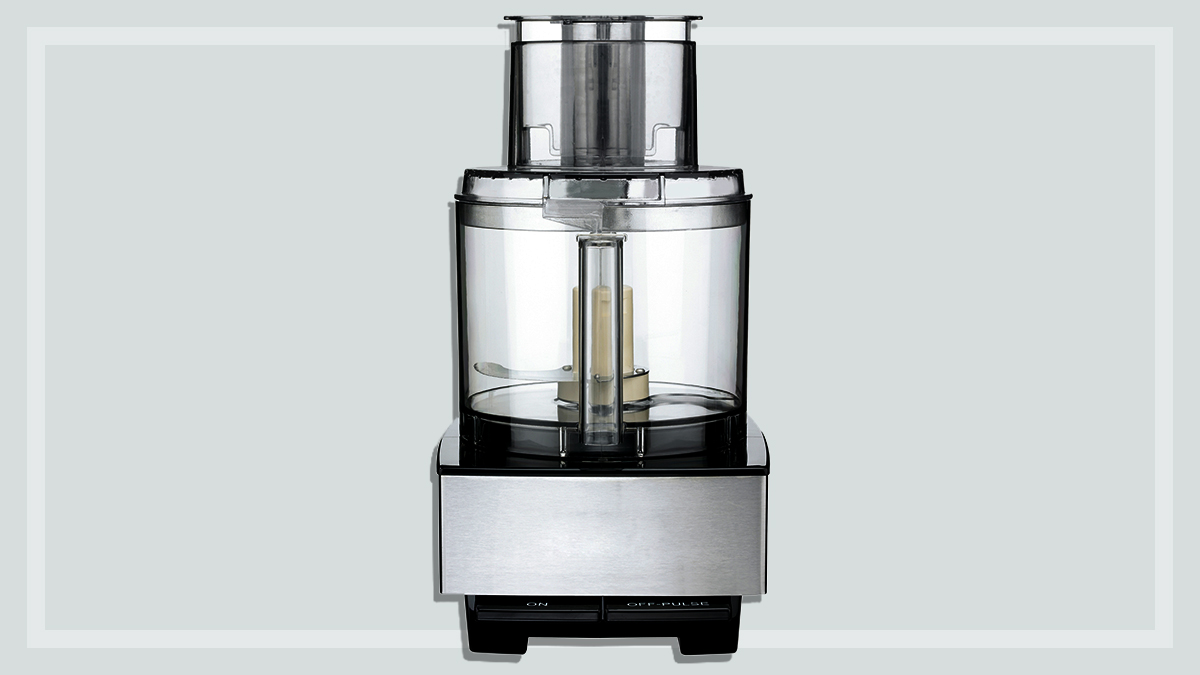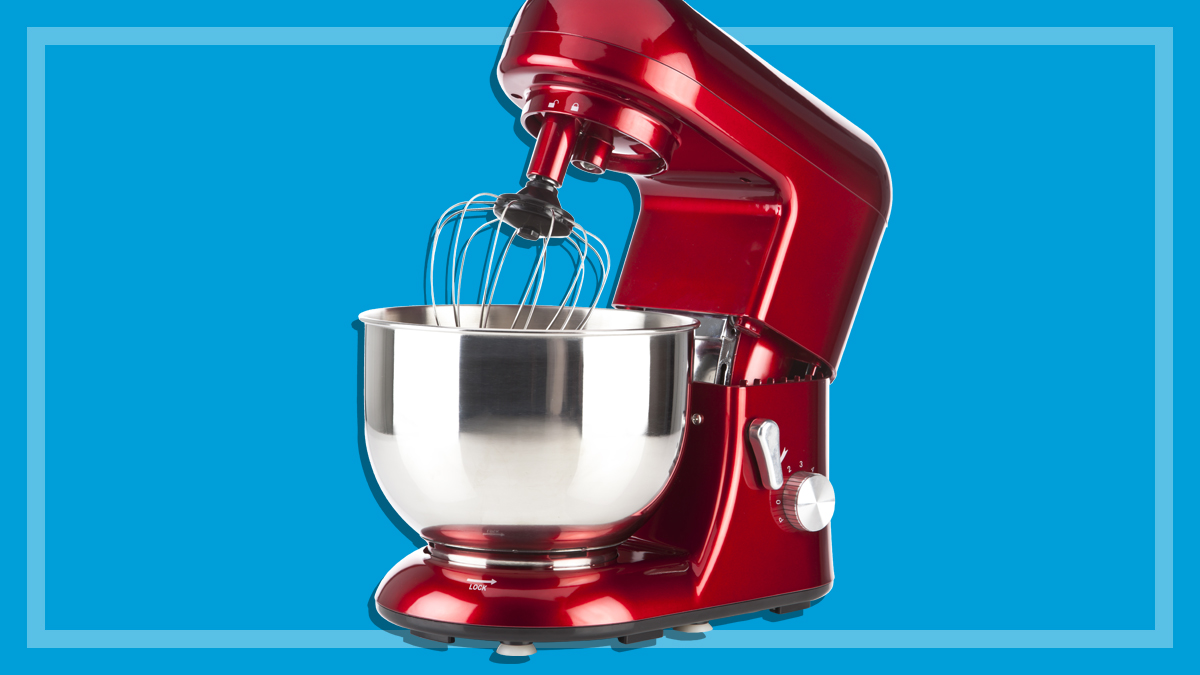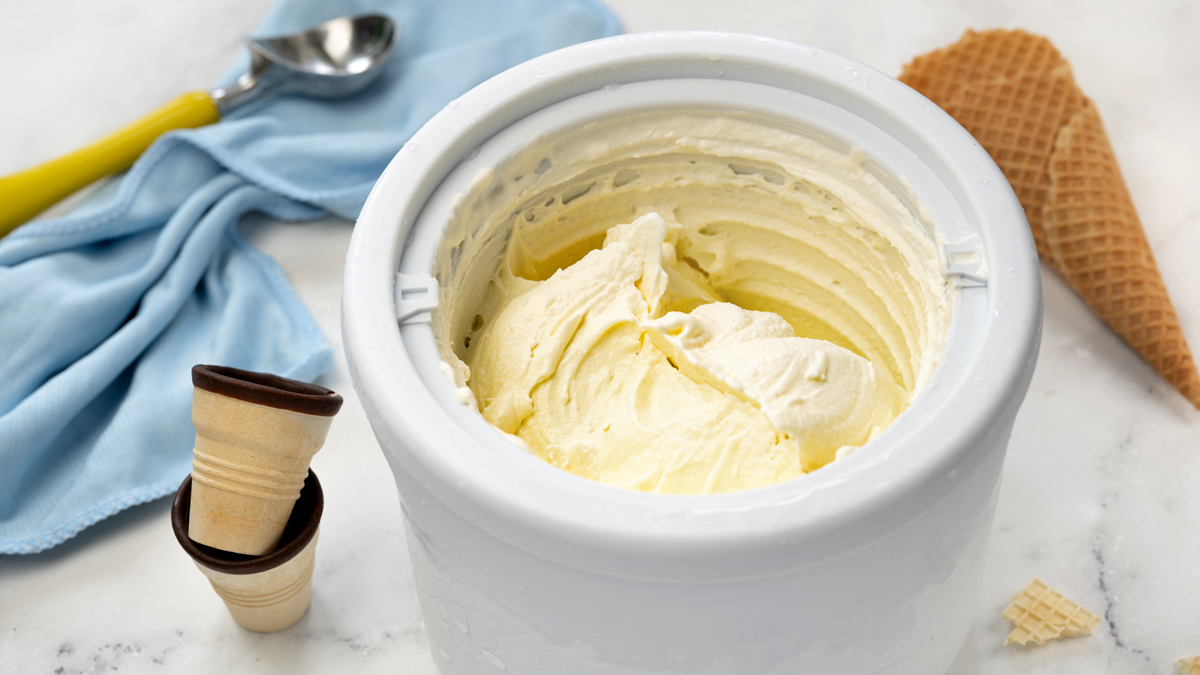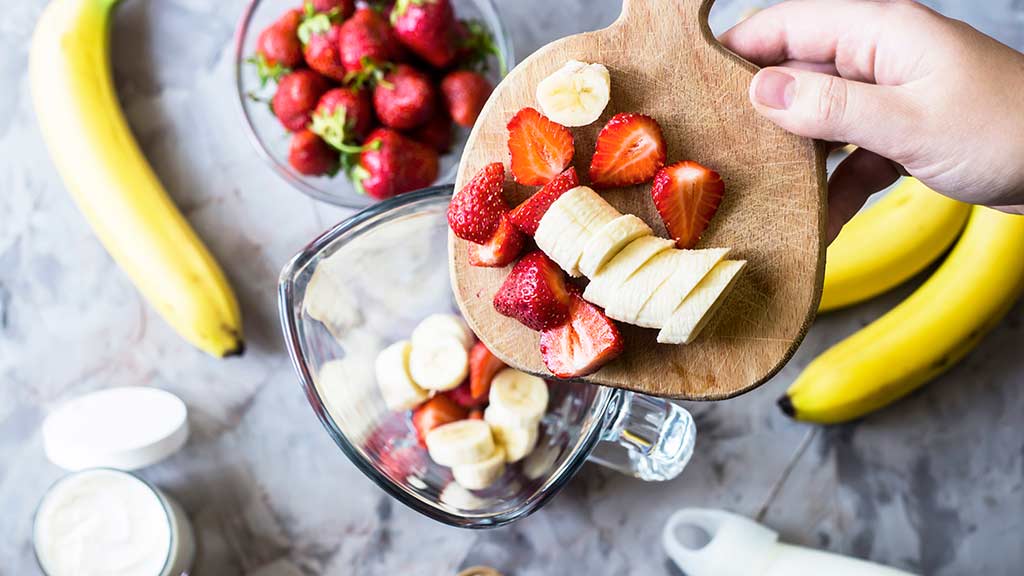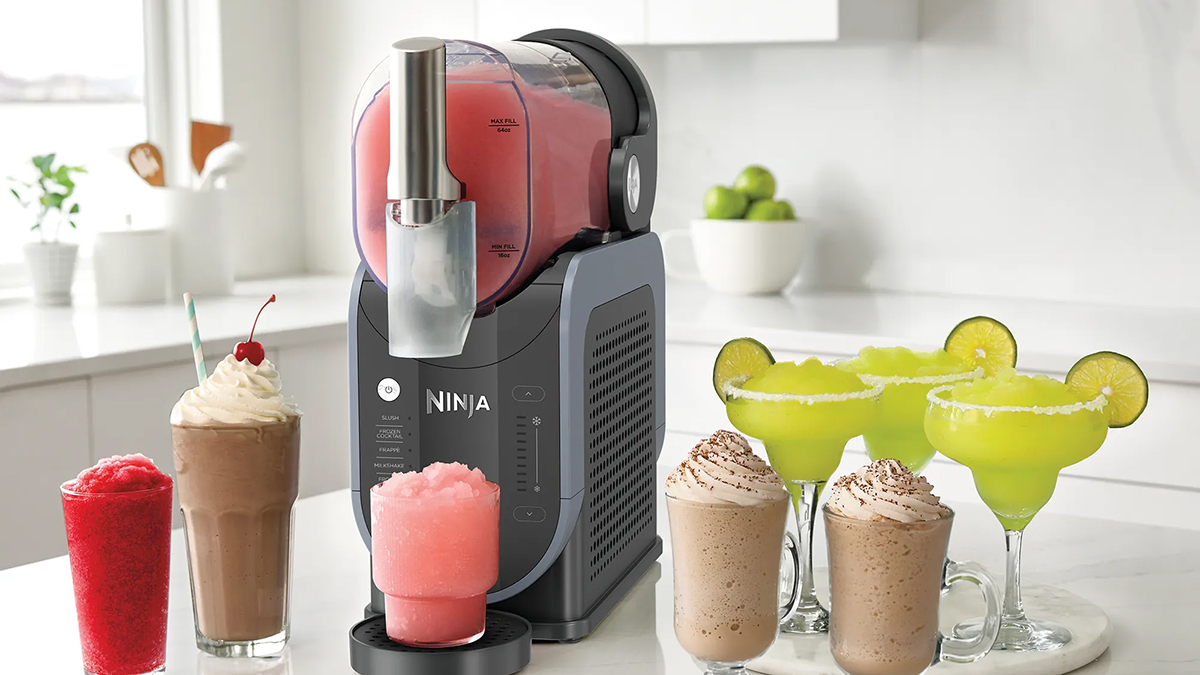Get our independent lab tests, expert reviews and honest advice.
What to know before buying a food processor
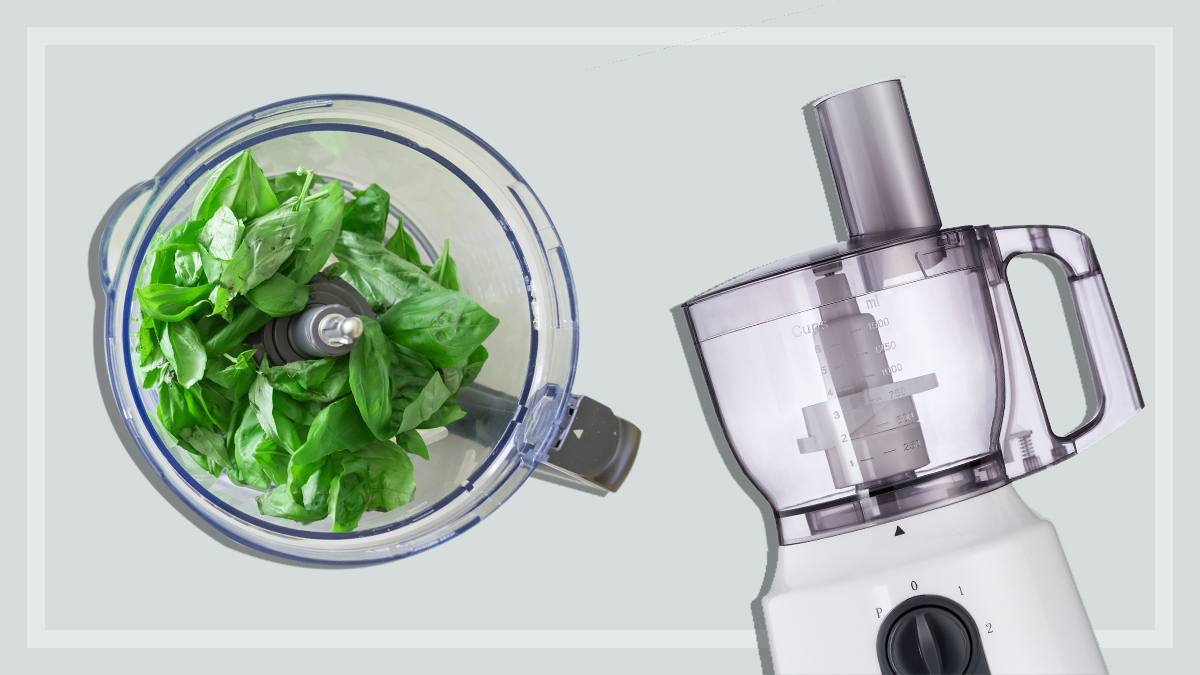
So you love cooking, but do you ever find yourself wishing you had an assistant to do all the boring stuff like chopping vegies and mashing potatoes? If this sounds like you, then a food processor might be just what you need.
On this page:
- What is a food processor?
- How much do they cost?
- How noisy are food processors?
- Can you use a blender as a food processor?
- Capacity considerations
- What is a mini food processor?
- Key features to look for
- Using a food processor to reduce waste
- Caring for the processor blades
- Cleaning a food processor
What is a food processor?
A food processor is a versatile kitchen appliance designed to save you time and energy when prepping meals. Each unit has a base, a plastic mixing bowl, removable blades and a lid, and they also generally come with variable speeds and a pulse function.
You can chop and shred vegetables and even mix dough in a food processor, but they can really do just about anything related to food preparation. They slice, dice, chop, shred, grate, zest, mash, puree, mix, knead, grind and emulsify. Add a blender and you can chop nuts and spices, crush ice and blend cooled soups.
How much do they cost?
In our latest food processor reviews, models range between $52 and $1399. If you’re in the market for something smaller, the mini food processors we’ve tested cost between $119 and $349.
How noisy are food processors?
There’s no denying that a food processor is a noisy appliance. If you’re looking for one that’s quiet, it’s unlikely you’ll find a model you’re completely happy with. We’ve taken noise measurements of the food processors we’ve tested and found that they range between 69dB and 86dB. By comparison, a typical conversation is carried out at roughly 60dB, while city traffic is measured at around 80dB.
We consider noise readings over 70dB to be noisy and readings over 80dB to be very noisy. The quietest models we’ve tested still require you to raise your voice if you’re having a conversation, but listening to the loudest models is like hearing a motorcycle only eight metres away.
Can you use a blender as a food processor?
These appliances are best suited to different functions. A blender is ideal for smoothies, soups and milkshakes, while a food processor is ideal for the various steps of preparing a meal, like chopping, dicing, emulsifying and mixing. Food processors have many attachments and manufacturers are starting to include a blending jug attachment with some models. So which one do you need?
A standalone food processor is a good choice if you have limited bench space or you already have a blender. Otherwise you might want to consider a combination food processor and blender, but they can be bulkier and hard to store.
You should also have a think about what you’ll be using your food processor for. If you’re an avid cook and generally prepare larger quantities of food, then one of the larger processors with all the bells and whistles will be up your alley. To get the most use out of it, these stylish and often bulky models can become a permanent fixture on your kitchen bench (but storage for all the attachments is a must).
Capacity considerations
When it comes to choosing the size of your food processor you’ll first need to consider how you plan to use it. Eyeballing the bowl is a good start, but it’s important to note that you can’t (or at least, shouldn’t) always fill the bowl to its maximum capacity.
The true maximum bowl capacity depends on what you’re using it for. CHOICE experts have some suggestions when it comes to how much you should fill the bowl.
- Only fill the bowl half way if you’re making a dough as you’ll need room in the bowl for it to come into a ball and knead.
- Fill the bowl three quarters when chopping ingredients. This will help to achieve even chopping.
- For making batters like pancakes or cakes, fill the bowl no more than two thirds.
- Don’t fill up to the maximum level when using the food processor blade.
- Maximum capacity should only be used when using the slicing and shredding blades. This is because the blades are positioned at the top and the bowl is simply used to catch the ingredients.
- Large or extra large processing bowls won’t give great results if you’re not filling them with enough ingredients. When using the processor blade for mixing and emulsifying, having enough ingredients helps to push the food around the bowl and into the blade to achieve an even consistency.
- If you tend to cook in a range of quantities look for a food processor that comes with a variety of large and small bowls.
- Following the max fill lines when processing liquids to avoid leaks.
With this in mind, you should be better able to decide what bowl size is right for your needs.
Video: Our quick tips for buying a food processor
What is a mini food processor?
If you’d only use a food processor occasionally or for smaller quantities like curries, chopped nuts, breadcrumbs, mayonnaise and pesto, then a mini food processor that can be quickly pulled out of the cupboard is all you need. They usually range from 500mL up to 1.5 litres in capacity, and being compact and lightweight makes them easy to store and clean.
Unlike traditional full-size food processors, mini processors don’t generally have a large chute or selection of blades for tasks like shredding and slicing, which means they’re unable to slice and grate. You can also use many stick blenders with a processing bowl.
Key features to look for
Storage for all the extra bits and pieces
Food processors can be bulky appliances, especially when you factor in all the accessories they come with. Look for an internal storage drawer or separate storage box to keep all the attachments together. It’s a good way to protect the blades (and your fingers). Some models aren’t big enough to store all the blades and attachments included with the appliance, while other containers are quite large and bulky and can take up a considerable amount of space in your cupboard.
Bowl size
The size of the food processor bowl varies from model to model, so think about what you’ll be using it for and the amount of food you’ll need to process. A mini processor bowl that sits inside the main food processor bowl is great for working with small quantities, making pesto and mayonnaise, and grinding nuts. A separate grinder unit can do much the same thing.
Food processors with a 2-litre (or 10-cup) capacity are the most versatile. They allow you to quickly process small and large quantities.
Heavy base
A base that is heavy enough to keep the food processor stable on the bench when mixing a heavy load is important. Lighter units can jolt or move on the bench during processing if they don’t have suction feet.
Sealed bowl
Look for a sealed bowl (i.e. one with no hole in the middle that the spindle goes into) to avoid mess and make it easier to pour out the load.
Pulse
A pulse function gives short bursts of power, which helps to distribute the load more evenly and create an even consistency, especially when blending smaller amounts. It can be a button or a pulse dial but we think a button is easier to use.
Controls
Controls should work quickly and stop immediately so that you don’t over process foods.
Processing blade
The processing blade should be wide and sit as low as possible to the bowl. This allows for food to be mixed properly and not get stuck under the blade.
Avoid serrated blades as they can cut food roughly and unevenly.
Reversible blade
A reversible blade has a grating blade on one side and a slicing blade on the other – it’s useful as it cuts down the number of separate blades you need to store.
Slicing/grating blades
Depending on the versatility of the food processor, many can come with a range of attachments (sometimes optional extras) that can slice or grate to various thicknesses from fine or julienne slicing blades to thick slices of cheese.
Chute sizes and double feed chutes
Different chute sizes are handy to allow for various foods to be easily pushed through with minimal cutting required. Some models come with a double feed chute – this is a standard chute with a smaller chute insert that allows for smaller or thinner foods to be guided into the food processor for better control when slicing or shredding.
Rubber feet
Rubber feet on the motor unit can help keep it stable while the machine is in use.
Chipping blade
You’ll need this if you want to make chips or vegetable strips.
Beater and whisk disc attachments
You’ll need these if you want to whip cream or beat egg whites.
Maximum capacity disc
Not many food processors come with this attachment, but if you’re planning to use your food processor to make liquids like almond milk, then this attachment is essential. It changes the force in the processor bowl to push any liquid that rises to the top back into the bowl. With this attachment you can make the most of the maximum liquid capacity while avoiding liquid splattering out of the processor.
Blender attachment
Some food processors come with a blender attachment, but if you already have a separate blender, it’s not a must-have. The blender attachment is usually a standard blender so it may not be capable of making nut butters, grinding nuts and blending coarse vegetables like kale.
Integrated scales
These are nice to have when adding ingredients. It’s advisable to leave the food processor in one spot on the bench and minimise movement to prevent damaging the scales.
Mixing bowls and patisserie bowls
These can be larger than the food processor bowl and difficult to find storage for, but they’re useful for mixing cake batters, doughs and pastries.
Using a food processor to reduce waste
A food processor can help to reduce the amount of processed food that you buy, which can reduce the amount of packaging you bring into the home. It can also help to reduce your food waste – here are some useful tips and ideas.
- Stale bread can be turned into breadcrumbs, then stored in the freezer.
- Vegetables like carrots, potatoes, onions and celery can be sliced with the slicer attachment, then blanched and frozen.
- Herbs can be processed in a mini processor with a little oil and placed into small containers or ice cube trays and frozen.
- Make your own pesto with any soft leaf herb – parsley is great with a bit of lemon, olive oil and garlic. You can even add any type of nut to give it a creamy texture. Store in a jar in the fridge for up to a week and drizzle on roasted vegetables, fish, chicken and any meat, or use in a salad dressing.
- Sliced or shredded vegies can be made into pickles. This is a great way to preserve cabbage, carrots, eggplant, zucchini and cucumbers.
- Finely chop vegetable offcuts to make vegie patties or to add to a bolognaise.
- Leftover cuts of cheese and vegetables can be grated using the shredding attachment and shaped into vegie fritters to pan-fry.
Caring for the processor blades
Over time, processing blades can become blunt (sometimes sooner rather than later, depending on how they’re used). For some brands you can buy a replacement blade separately. If that’s not an option, you can get your existing blades sharpened by using a qualified sharpening and reconditioning service. We don’t recommend doing this yourself as the processing blades can be extremely dangerous to handle.
Another way to care for your processing blades and increase their longevity is to avoid putting them in the dishwasher. The harsh chemicals used in detergents can blunt the blades. Although if you’re hand washing, take care when handling the sharp blade.
Cleaning a food processor
Many manufacturers state the bowls and accessories are dishwasher safe, usually on the top shelf and on a lower temperature cycle. However, the dishwasher can cloud the surface of your food processor bowls and we recommend against putting any parts in the dishwasher.
Instead, we suggest using a couple of drops of detergent with a bit of water and pulsing it through the food processor and leaving it to air dry.

